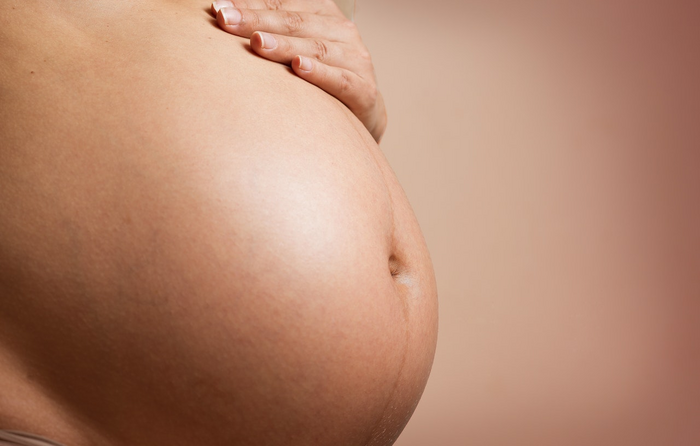Vaginal birth after a previous cesarean section is associated with an increased risk of pelvic floor surgery compared with planning another cesarean, according to research publishing November 22nd in the open access journal PLOS Medicine. The findings provide useful information to help women who have had a previous cesarean section when planning how to give birth in their next pregnancy.

Credit: Daniel Reche, Pexels (CC0, https://creativecommons.org/publicdomain/zero/1.0)
Vaginal birth after a previous cesarean section is associated with an increased risk of pelvic floor surgery compared with planning another cesarean, according to research publishing November 22nd in the open access journal PLOS Medicine. The findings provide useful information to help women who have had a previous cesarean section when planning how to give birth in their next pregnancy.
Cesarean section births have risen sharply around the world: in the UK over 30% of all births now occur in this way. Guidelines recommend that pregnant women be counseled on the associated risks and benefits of subsequent births after a cesarean compared with planning a vaginal birth so they can make an informed decision about this choice. Yet there is limited evidence about how this choice affects women’s risk of pelvic floor disorders, including pelvic organ prolapse, urinary incontinence, rectal prolapse and fecal incontinence.
Dr Kathryn Fitzpatrick of Oxford Population Health, University of Oxford, UK, and colleagues conducted a cohort study of 47,414 births in Scotland to women with one or more previous cesarean sections. All births took place between January 1983 and December 1996, were at full term and were for just one baby. Almost 67% planned for a vaginal birth after a cesarean and 33% planned another cesarean. Having followed up with women for an average of just over 22 years, 1,159 had pelvic floor surgery, and this was more than twice as likely in women who planned a vaginal birth: over 1,000 person-years, the rate was 1.75 in the planned vaginal birth group and 0.66 in the women who planned another cesarean. The risk of surgery for pelvic organ prolapse was three times more likely and urinary incontinence was twice as likely in those who planned a vaginal birth (hazard ratios of 3.17 and 2.26 respectively).
The risks were only elevated in women who gave birth vaginally as planned. Those who planned a vaginal birth but had an unplanned cesarean when they were in labor had a comparable risk with those who planned another cesarean. The authors hope that their research will provide useful information for women who have had previous cesarean sections when making future birth choices.
Dr Kathryn Fitzpatrick who led the study adds, “Our study shows that for pregnant women who have had a caesarean birth in the past, those who have a vaginal birth rather than plan another caesarean are more likely to go on to have an operation for some type of pelvic floor disorder such as urinary incontinence. Our findings provide important new information to counsel the increasing numbers of women who have had a caesarean birth in the past about the risks and benefits associated with their future birth choices.”
#####
In your coverage, please use this URL to provide access to the freely available paper in PLOS Medicine: http://journals.plos.org/plosmedicine/article?id=10.1371/journal.pmed.1004119
Citation: Fitzpatrick KE, Abdel-Fattah M, Hemelaar J, Kurinczuk JJ, Quigley MA (2022) Planned mode of birth after previous cesarean section and risk of undergoing pelvic floor surgery: A Scottish population-based record linkage cohort study. PLoS Med 19(11): e1004119. https://doi.org/10.1371/journal.pmed.1004119
Author Countries: United Kingdom
Funding: KEF was funded by a National Institute for Health and Care Research (NIHR) Doctoral Research Fellowship (DRF-2016-09-078) for this research project. The funders had no role in study design, data collection and analysis, decision to publish, or preparation of the manuscript.
Journal
PLoS Medicine
DOI
10.1371/journal.pmed.1004119
Method of Research
Observational study
Subject of Research
People
COI Statement
Competing Interests: see manuscript




